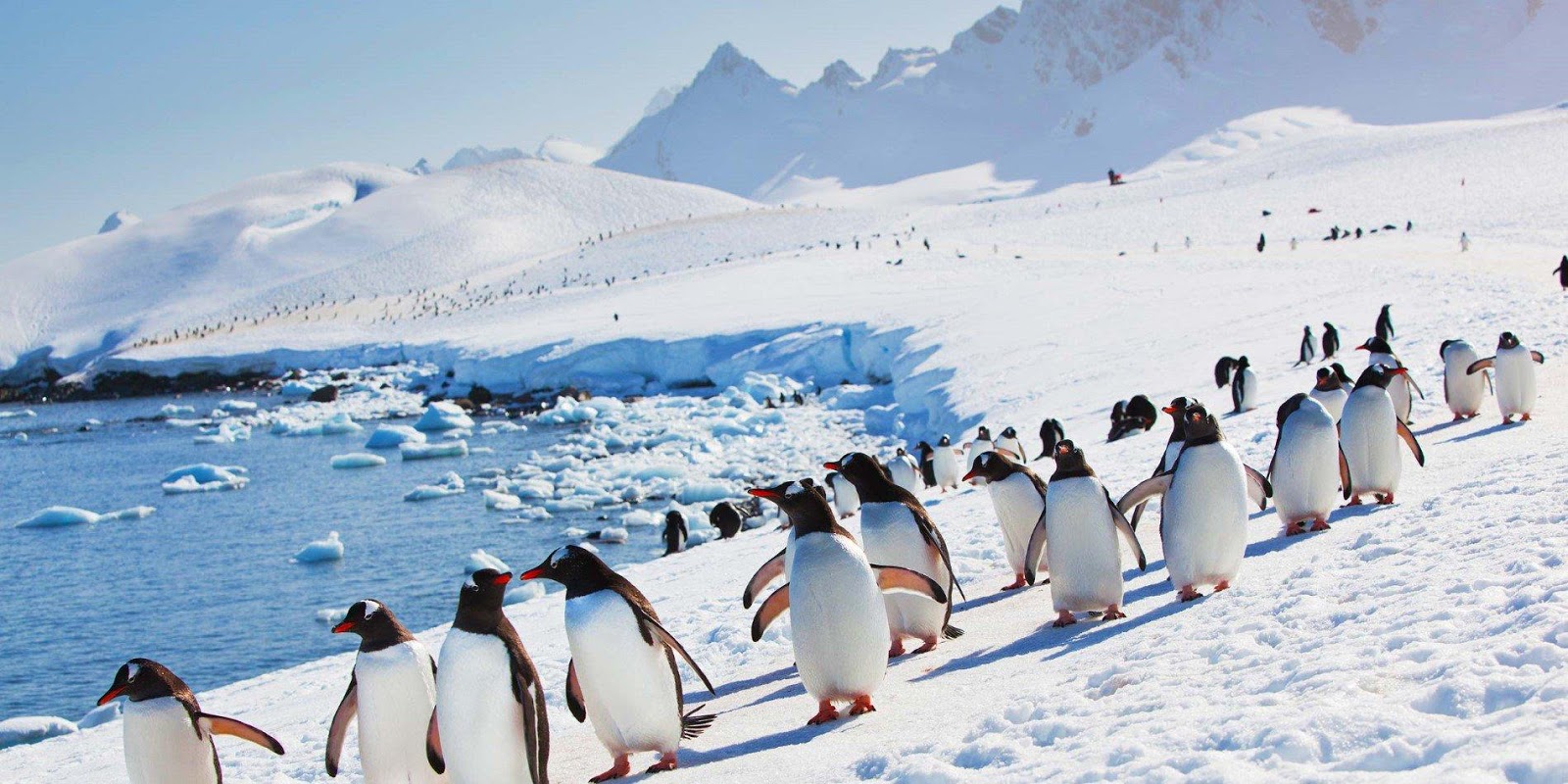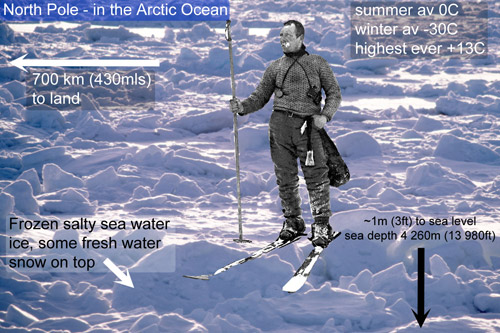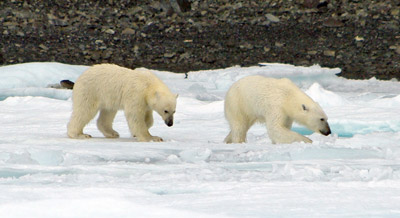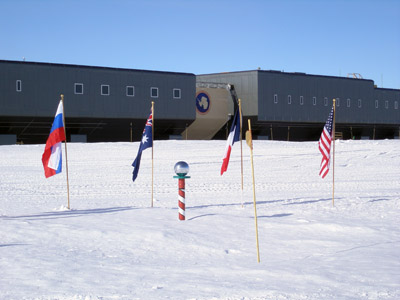It’s early February here at The Storage Inn self storage in Egg Harbor Township New Jersey, and the frigid temperatures are here! Earlier today, I bundled up and ventured out of the rental office to do a yard check. As I made my rounds, I noticed one of our longtime storage tenants, Mr. Bradley, removing a few items from his self storage unit. “Nice weather!” I yelled. “Yeah, If you’re a penguin!” Mr. Bradley shot back. ”I feel like we’re living at the North Pole” I said as I shivered past him. Then he said something that I found curious …”Well you won’t find any penguins at the North Pole”.

I was too cold to continue the conversation, so I went back to the office to ponder Mr. Bradley’s comment. Was he correct about the penguins not living in the North Pole? I did a little research. It turns out that Mr. Bradley was correct – penguins only live in the southern hemisphere, mainly in Antarctica. Surprisingly, I also came across some other interesting differences between the North and South Poles. Here is what I found…
North Pole vs South Pole
The biggest difference is that the Arctic is a sea surrounded by land while the Antarctic is land surrounded by a sea. This fundamental difference is the reason for many of the other differences between the two regions.
The North Pole

The North Pole is basically in the Arctic Ocean.
The ice there is 1m to 3m (3-10ft) thick floating on the Arctic Ocean. It’s made of frozen sea water with snow on top. Sea level is usually no more than 1 meter below your feet and the sea bed another 4,260 meters below that. The ice may be flat and smooth or rough, having been broken up and refrozen together again. The ice is moving at anywhere from a snail’s pace to walking pace.
The North Pole is 450 miles from the nearest land at the northern tip of Greenland.
Temperatures are estimated from those measured elsewhere in the Arctic, as there are no structures or settlements out on the ocean, the ice is too unreliable and unstable.
At the North Pole the sun is continually above the horizon from the March equinox to the September equinox reaching a high point of 23.5° at the summer solstice around June the 21st. From September to March it is continually below the horizon.
The poles have 5 months of daylight, then a month of twilight, then 5 months of darkness, then a month of twilight before starting all over again.
The Arctic has many large land animals including reindeer, musk ox, lemmings, arctic hares, arctic terns, snowy owls, squirrels, arctic fox and polar bears. As the Arctic is a part of the land masses of Europe, North America and Asia, these animals can migrate south in the winter and head back to the north again in the more productive summer months.

There are also many kinds of large marine animals such as walrus and a variety of seals. Narwhals and other whales are present but not as plentiful as they were in pre-whaling days.
The South Pole

OLYMPUS DIGITAL CAMERA
The South Pole is a point on the great ice sheet of Eastern Antarctica.
The South Pole is at an altitude of about 9,300 ft on ice that is 9,000 ft thick! It reaches down to rock which rises to just over 350 ft above sea level. This rock is pushed into the earth’s mantle by the weight of the ice. Altitude sickness is a risk at the South Pole for people arriving by plane. Accumulated snowfall that has built up over time and it never melts accounts for the creation of ice.
The ice is moving towards the Weddell Sea in the west at about 33ft per year.
The nearest sea, called the Bay of Whales, is about 800 miles away.
Temperatures have been measured at the South Pole since 1956 as there is a large research station there.
There is a ceremonial pole that is repositioned every year on the first of January.

The South Pole also has 5 months of daylight, then a month of twilight, then 5 months of darkness, then a month of twilight before starting all over again, but its seasons are opposite the North Pole.
The largest land animal in the Antarctic is an insect, a wingless midge, less than 0.5in long. There are no flying insects (they’d get blown away).
There are however a great many sea creatures that live in the Antarctic region. These include huge numbers of penguin varieties such as the Adelie, Chinstrap, Gentoo, King, Emperor, Rockhopper and Macaroni. Seal specifies include Fur, Leopard, Weddell, Elephant and Crabeaters.(Crabeater seals are the second most populous large mammal on the planet after man). There are also many kinds of birds such as albatrosses and assorted petrels. There are places in Antarctica where the wildlife reaches incredible densities mainly because there is no indigenous human population on Antarctica to hunt them!

Well, now we all know more about the North and South poles than ever before! Luckily The Storage Inn rental office is nice and warm, but if this weather keeps up, I think we may have to adopt a penguin as our mascot! Enjoy the rest of the winter everyone!

